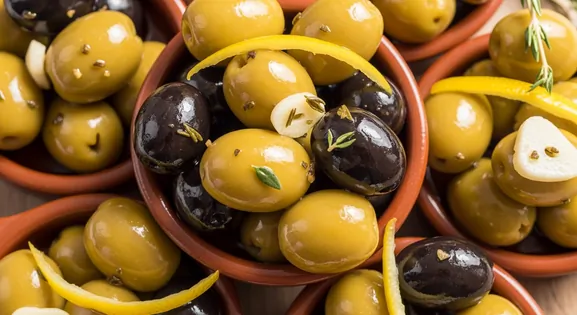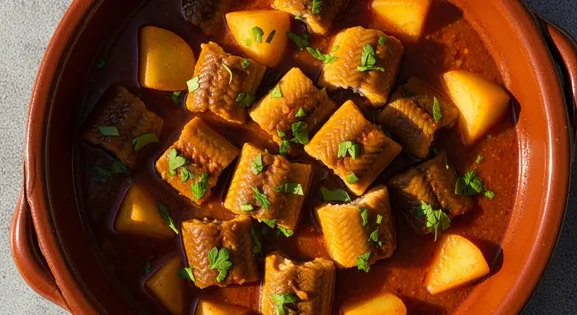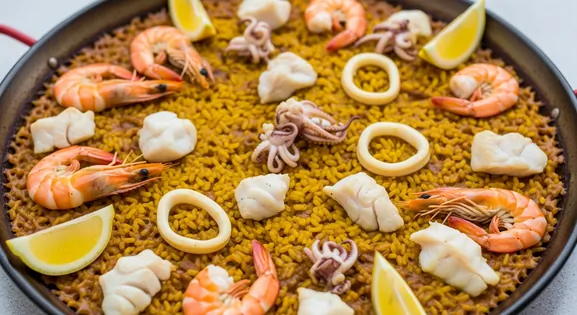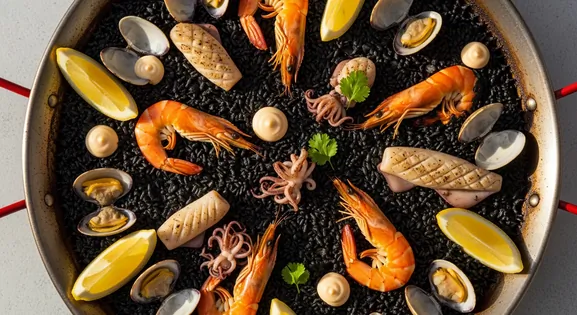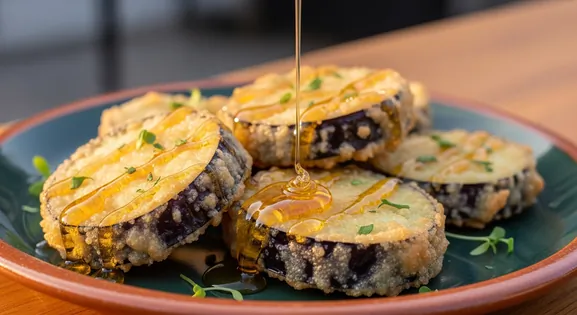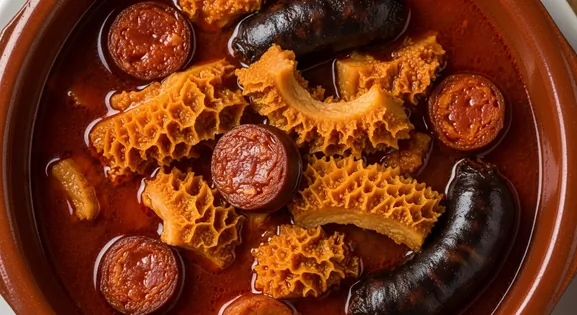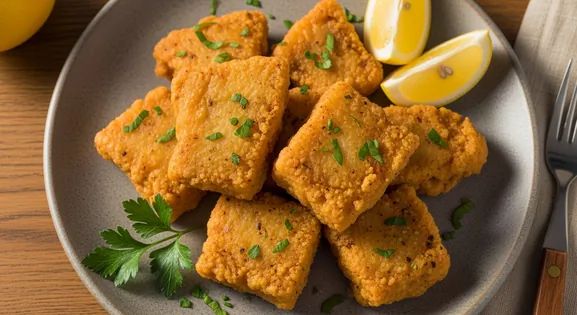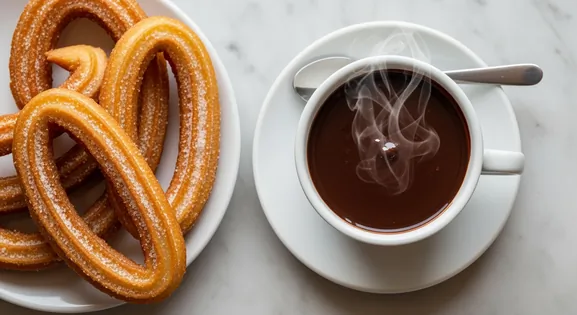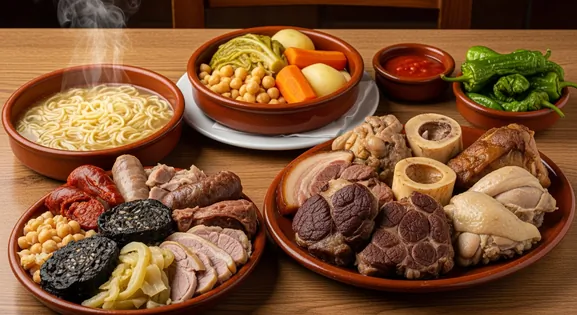Agua de Valencia in Spain: A Complete Food Lover's Guide
Agua de Valencia
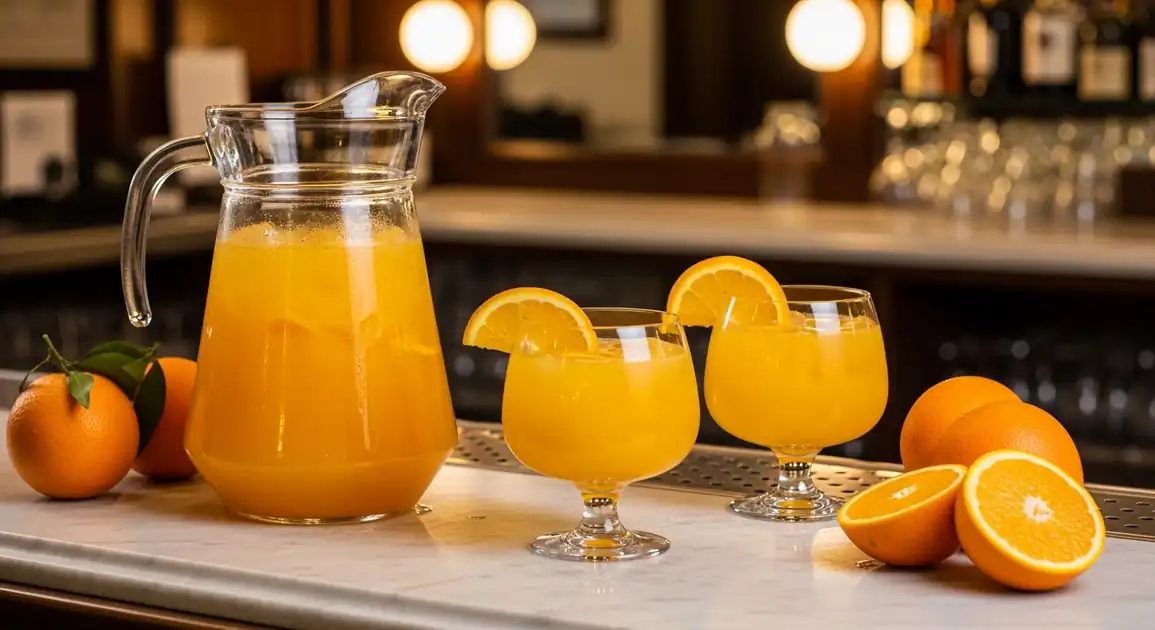
A Culinary Snapshot
Agua de Valencia is the signature cocktail of Valencia, Spain, a refreshing yet potent blend typically combining Cava (Spanish sparkling wine), freshly squeezed Valencian orange juice, gin, and vodka. Often served in pitchers ('jarras') for sharing, it's characterized by its bright orange flavor and deceptive alcoholic strength. A touch of sugar may be added to balance the flavors.
How It Is Traditionally Made
The classic preparation involves mixing freshly squeezed juice from Valencian oranges with Cava, gin, and vodka in a large pitcher. Proportions vary, but a common mix might be roughly equal parts orange juice and Cava, with smaller, balanced amounts of gin and vodka added. A small amount of sugar can be dissolved in the juice first to adjust sweetness. The mixture is chilled thoroughly before serving, often in wide-brimmed 'copa de cóctel' glasses, garnished with an orange slice.
Key Ingredients of Agua de Valencia (Valencian Water Cocktail)
Valencian Oranges
The soul of the cocktail, these oranges provide the essential fresh, sweet-tart juice. Their quality directly impacts the drink's flavor.
Quality indicator: Look for bright, firm oranges with a fragrant zest, indicating peak ripeness and juice content.
Cava
Spanish sparkling wine, typically Brut or Brut Nature, providing effervescence and a crisp, dry counterpoint to the sweet orange.
Quality indicator: Choose a Cava with fine, persistent bubbles and a clean finish, avoiding overly sweet or acidic varieties that might clash.
Gin & Vodka
These spirits provide the alcoholic kick and subtle botanical notes (from gin) without overpowering the fruit.
Quality indicator: Opt for mid-range, smooth spirits that blend seamlessly, avoiding harsh or strongly flavored brands that could dominate the delicate orange and Cava.
The Perfect Accompaniments
Tapas Variadas
food
A selection of light Spanish tapas, such as olives, cured meats, or small cheese plates, complements the cocktail without overwhelming its delicate flavors.
Fideuà or Paella
food
While often enjoyed as an aperitif, Agua de Valencia can also pair surprisingly well with lighter seafood paellas or fideuà, cutting through richness and refreshing the palate.
The Culinary Legend of Agua de Valencia (Valencian Water Cocktail)
The cocktail was created in 1959 at the Café Madrid de Valencia (which still exists) by its owner, Constante Gil. Initially made for a group of Basque travelers tired of ordering their usual drinks, it remained a local secret for years before gaining wider popularity in Valencia during the 1970s nightlife scene. It's now considered an emblematic drink of the city.
Local Agua de Valencia (Valencian Water Cocktail) Variations in Spain
Spirit Ratio Variations
Different bars may use slightly different ratios of gin, vodka, and Cava, affecting the overall strength and flavor balance.
Sweetness Level
Some preparations are sweeter (more sugar added) while others are tarter, depending on the natural sweetness of the oranges and the bartender's preference.
Inclusion of Triple Sec/Cointreau
Some recipes might substitute or add Triple Sec or Cointreau for extra orange flavor and sweetness, deviating slightly from the classic gin/vodka combination.
Serving with Ice
While traditionally chilled without ice in the pitcher, some places might serve individual glasses with ice, which can dilute the drink over time.
A Traveler's Guide to Authenticity
What to Look For
-
Made with freshly squeezed orange juice ('zumo natural')
Ensures best flavor and quality. Avoid places using bottled or concentrated juice.
-
Served well-chilled
The cocktail should be very cold for optimal taste and refreshment.
-
Prepared in a clean bar environment
Good hygiene practices by the staff and clean serving ware are essential.
-
Transparent pricing
Prices per glass and pitcher should be clearly indicated on the menu.
-
Balanced flavor profile
A well-made version shouldn't taste overwhelmingly of cheap alcohol; the orange and Cava should shine.
What to avoid
-
Drinking excessively due to deceptive taste
The sweet, fruity flavor masks the high alcohol content. Pace yourself and be aware of its strength.
-
Suspiciously cheap offers
Extremely low prices might indicate use of low-quality spirits, artificial juice, or improper preparation.
-
Places using bottled or artificial orange juice
Significantly impacts the authentic flavor and quality.
-
Pre-mixed batches sitting out at room temperature
Best prepared fresh or kept well-chilled before serving.
-
Drinking on an empty stomach
Consuming food alongside helps manage the alcohol effects.
Explore Agua de Valencia (Valencian Water Cocktail) in Detail: City Guides
Discover where to find the best Agua de Valencia (Valencian Water Cocktail) and learn local tips in these cities:
Dietary Information
Dietary Information
Important Note for Travelers: Your safety is our priority. Below are the common allergens associated with the traditional preparation of this dish. However, recipes and ingredients can vary significantly between establishments. Always confirm all ingredients directly with the food vendor before ordering, especially if you have a severe allergy.
Potential Allergens
Dietary Suitability
How to Order Agua de Valencia (Valencian Water Cocktail)
Frequently Asked Questions about Agua de Valencia (Valencian Water Cocktail)
What is Agua de Valencia?
Agua de Valencia (Valencian Water) is a popular cocktail originating from Valencia, Spain. It's typically made with a base of Cava (Spanish sparkling wine) and freshly squeezed Valencian orange juice, fortified with gin and vodka, and often includes a touch of sugar. It's known for being refreshing but deceptively potent.
What does Agua de Valencia taste like?
It tastes primarily like fresh orange juice with the bubbly effervescence of Cava. The gin and vodka add alcoholic strength but are usually well-integrated, contributing subtle botanical notes rather than overpowering the orange flavor. It can range from slightly tart to sweet, depending on the oranges used and added sugar.
How strong is Agua de Valencia?
It can be quite strong, despite its easy-drinking nature. The combination of Cava (around 11-12% ABV) plus gin and vodka (around 40% ABV each) results in a potent mix. Strength varies depending on the recipe's ratios, so drink responsibly. It's often served in pitchers, making it easy to consume more than intended.
Is Agua de Valencia a wise choice to drink?
Yes, it's generally a good choice when prepared in reputable establishments. The main considerations are responsible alcohol consumption due to its potential strength and ensuring fresh orange juice is used. Choose clean bars and cafes. Avoid dubious street vendors or suspiciously cheap offers.
Where was Agua de Valencia invented?
Agua de Valencia was created in the 1950s at the Café Madrid de Valencia by Constante Gil. It gained popularity throughout the city in the following decades and is now considered Valencia's signature cocktail.
Is Agua de Valencia vegetarian / vegan / gluten-free?
It is vegetarian and gluten-free (spirits and Cava are GF). It's typically not vegan because Cava may be clarified using non-vegan fining agents (like isinglass or egg whites). Vegan versions are possible if certified vegan Cava and spirits are used, but this isn't standard.
Expert How-To Guides about Agua de Valencia (Valencian Water Cocktail)
How to Spot a Good Agua de Valencia Preparation
Learn to identify the hallmarks of a high-quality Agua de Valencia, ensuring you enjoy an authentic and well-prepared version of this iconic Spanish cocktail.
- Check for Fresh Orange Juice: Ask if they use 'zumo natural' (freshly squeezed juice). Bottled juice significantly lowers the quality.
- Observe Preparation (if possible): Look for staff mixing it fresh, preferably chilling ingredients properly.
- Examine the Color: It should be a vibrant, natural orange color, not artificially bright or dull.
- Taste the Balance: A good Agua de Valencia balances sweetness, tartness from the orange, bubbles from Cava, and the kick from spirits without any single element overpowering the others.
- Served Chilled: It should be served very cold, often in pre-chilled glasses or a pitcher with ice (though traditionally ice isn't mixed in the pitcher itself).
- Reputable Venue: Well-regarded cafes, bars, or dedicated cocktail spots known for quality are generally reliable choices.
Tips for Drinking Agua de Valencia Responsibly
Enjoy this refreshing but potent cocktail smartly by understanding its strength and practicing responsible consumption habits to ensure a pleasant experience.
- Know its Strength: Remember it contains Cava, Gin, AND Vodka. It's stronger than it tastes.
- Pace Yourself: Due to its easy-drinking nature, especially when served in pitchers, monitor your intake.
- Stay Hydrated: Drink water alongside the cocktail.
- Eat Food: Don't drink it on an empty stomach; pair it with tapas or a meal.
- Share a Pitcher: Ordering a 'jarra' (pitcher) is common for groups but makes tracking individual consumption harder. Be mindful.
- Avoid Dubious Sources: Stick to established bars and restaurants for preparation.
Our Commitment to Quality
At Tasteplorers, our mission is to provide the most accurate and useful travel information in the world. To achieve this, all content on this site is created through our unique editorial framework. We utilize leading AI research tools, guided by our proprietary prompts, and a multi-stage validation process. This entire system is overseen by our editorial team to ensure everything we publish meets our high standards for accuracy, cultural nuance, and practical value for travelers.
Learn more about our Editorial Process and our Mission.
Countries
Explore regions
Europe
Discover Europe's diverse culinary landscape, from Mediterranean flavors to hearty Alpine fare. Learn to navigate markets, decode menus, and eat like a local.
Latin America & Caribbean
Discover the vibrant cuisines of Latin America & the Caribbean. Our expert guide covers everything from Mexican street food to Peruvian ceviche and market tips.
Oceania
Explore Oceania's diverse food scene. Learn about Polynesian earth ovens, Fijian feasts, and the vibrant café culture of Australia and New Zealand.
Southeast Asia
Explore Southeast Asia's diverse food cultures from Thailand to Vietnam. Get expert tips on navigating spice levels, choosing quality vendors, and understanding the rich traditions of the region.
